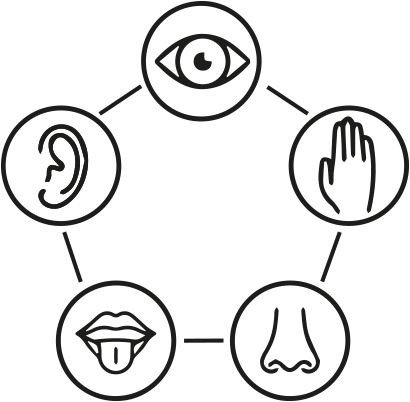Building Music
| Building Music
14 November 2019 Led by:
|
| Intended learning outcomes (more on programme level)
Part of Marres’ Workshops ‘Training the Senses’. https://marres.org/en/program/training-the-senses-en/ |
| Learning objectives (course specific)
To see how sound reverberates differently depending on the acoustics of the room, the size of the room, and the frequency of the sound. |
| Objective statement (course description)
Inspired by the novel The Waves by Virginia Woolf, the Norwegian composer Espen Sommer Eide makes an eponymous spatial music album for Marres, which will ‘live’ inside the house during the exhibition, and will be printed on vinyl. In the year preceding the opening of The Waves, Sommer Eide recorded in the different rooms of Marres in the night, in collaboration with the voice of Mari Kvien Brunvoll, and Martin Taxt on microtonal tuba. Jochem Vanden Ecker was invited to capture the entire process. With these recordings, Sommer Eide composes a series of works that succeed each other in space and to be listening to either separately or jointly. In taking this Training The Senses session Sommer Eide, Kvien Brunvoll and Taxt guide you through the entire creation of the exhibition. |
| Type of course :
extracurricular course |
| Target group :
general audience |
| Teaching method:
workshop |
| Activities
Start:
Training:
|
| Assessment of learning:
N/A |
| Effect:
N/A |
| Additional biblio sources (available at Marres):
N/A |
